Description
Familiarity with treatment
Radiofrequency microneedling is a minimally invasive cosmetic procedure that combines microneedling with radiofrequency energy to rejuvenate the skin. Here is a summary of the information from the search results:
Procedure: Radiofrequency microneedling involves the use of a device with fine, sterile needles that create controlled micro-injuries in the skin. These needles also deliver radiofrequency energy into the skin, causing additional damage and enhancing the effects of standard microneedling. The procedure stimulates the production of collagen, elastin, and new skin cells, resulting in improved skin tone, texture, and firmness 1 2 3.
Benefits: Radiofrequency microneedling can help reduce the appearance of various skin concerns, including wrinkles, fine lines, acne scars, sagging skin, stretch marks, and hyperpigmentation. It can also improve overall skin texture and tone 2 3.
Procedure Experience: Radiofrequency microneedling is a minimally invasive treatment. The procedure may cause some discomfort, even with the use of numbing cream. However, there are measures taken during the procedure to help minimize discomfort. The treatment typically takes about 30 minutes to complete, depending on the size of the treatment area 4.
Results: The skin may appear smoother and more radiant within a week after the procedure, with continued improvement over the course of a few months. The production of new collagen and skin remodeling contribute to the long-term benefits of radiofrequency microneedling 3.
Safety and Efficacy: Radiofrequency microneedling has been shown to be safe and effective in various dermatologic conditions, including skin rejuvenation, acne scars, acne vulgaris, and striae. However, more research is needed to fully understand its efficacy and how it compares to other energy-based devices 5.
Who is it suitable for?
Based on the information from the search results, radiofrequency microneedling may be suitable for individuals who are looking to address the following concerns:
Sagging Skin: Radiofrequency microneedling can help tighten and firm sagging skin, particularly in areas such as the face, neck, and body.
Wrinkles and Fine Lines: The treatment may help reduce the appearance of wrinkles and fine lines, promoting smoother and more youthful-looking skin.
Acne Scars: Radiofrequency microneedling has been shown to be effective in improving the appearance of acne scars by stimulating collagen production and promoting skin remodeling.
Uneven Texture and Tone: The procedure can help improve overall skin texture and tone, addressing issues such as roughness, uneven pigmentation, and enlarged pores.
Stretch Marks: Radiofrequency microneedling may also be used to reduce the appearance of stretch marks by promoting collagen synthesis and remodeling.
Who is it not suitable for?
Based on the information from the search results, radiofrequency microneedling may not be suitable for everyone. Here are some factors to consider:
Pregnancy: Radiofrequency microneedling is generally not recommended for pregnant individuals due to the lack of research on its safety during pregnancy. It is important to consult with a healthcare professional or dermatologist for personalized advice.
Active Infections or Skin Conditions: If you have an active skin infection, such as herpes simplex or a bacterial infection, or if you have active inflammatory skin conditions like eczema or psoriasis, radiofrequency microneedling may not be suitable. It is important to have healthy, intact skin for the procedure.
Keloid or Hypertrophic Scarring: Individuals with a tendency to develop keloid or hypertrophic scars may need to exercise caution when considering radiofrequency microneedling. The procedure may potentially trigger excessive scar tissue formation.
Certain Medical Conditions: Individuals with certain medical conditions, such as bleeding disorders or autoimmune diseases, may need to avoid radiofrequency microneedling or consult with their healthcare professional for personalized advice.
Skin Sensitivity: Individuals with very sensitive skin may experience increased discomfort or adverse reactions to the procedure. It is important to discuss your skin sensitivity with a qualified practitioner.
Advantages
Based on the search results, here are some advantages of radiofrequency microneedling:
Enhanced Collagen Production: Radiofrequency microneedling stimulates collagen production in the skin. The combination of microneedling and radiofrequency energy can reach deeper layers of the skin, promoting collagen development in the lower layers. This can result in enhanced support, firmness, and fullness of the skin 1.
Customizable Treatment: Radiofrequency microneedling is customizable to individual needs. The treatment can be adjusted to penetrate different layers of the skin, allowing for targeted treatment of deeper scarring or wrinkles 2.
Improvement of Acne Scars: Radiofrequency microneedling can help improve the appearance of acne scars. The treatment can penetrate through deep scarring, stimulating the skin’s natural healing process and encouraging collagen reproduction 2.
Boost in Collagen Production: The procedure stimulates the body’s natural healing process, including collagen reproduction. Collagen is essential for maintaining fresh and youthful-looking skin, and the production of new collagen can help improve skin texture and appearance 2.
Minimally Invasive: Radiofrequency microneedling is a minimally invasive procedure compared to treatments like chemical peels and dermabrasion. It involves controlled skin injury and has minimal downtime 3.
Versatile Treatment: Radiofrequency microneedling can address various skin concerns, including fine lines, wrinkles, acne scars, open pores, stretch marks, sagging skin, and dullness.
Complications
Based on the information from the search results, here are some potential complications or considerations associated with radiofrequency microneedling:
Skin Sensitivity and Discomfort: Some individuals may experience discomfort during the procedure, even with the use of numbing cream. Skin sensitivity can vary, and it’s important to discuss any concerns with a qualified practitioner.
Redness and Swelling: It is common to experience temporary redness and swelling in the treated area following radiofrequency microneedling. These side effects typically subside within a few days, but individual experiences may vary.
Risk of Infection: As with any procedure that involves creating micro-injuries in the skin, there is a potential risk of infection. It is important to follow proper aftercare instructions and keep the treated area clean to minimize this risk.
Hyperpigmentation or Hypopigmentation: In some cases, radiofrequency microneedling may cause temporary changes in skin pigmentation. This can manifest as darkening (hyperpigmentation) or lightening (hypopigmentation) of the treated area. These changes are usually temporary but may take time to resolve.
Bruising: While radiofrequency microneedling is generally considered a low-risk procedure for bruising, it is still possible to experience bruising in the treated area. This can vary depending on individual factors such as skin sensitivity and the depth of the treatment.
Rare Complications: Although rare, there have been reports of more severe complications associated with radiofrequency microneedling, such as scarring, infection, or thermal injury. These complications are typically uncommon when the procedure is performed by a qualified and experienced practitioner.
preoperative care
Based on the search results, here are some preoperative care considerations for radiofrequency microneedling:
Consultation: Schedule a consultation with a qualified healthcare professional or dermatologist to discuss your goals, medical history, and any concerns you may have. They will assess your suitability for the procedure and provide personalized advice.
Skin Preparation: Follow any pre-procedure instructions provided by your healthcare professional. This may include avoiding certain skincare products or treatments in the days leading up to the procedure.
Avoid Sun Exposure: Minimize sun exposure and protect your skin from harmful UV rays by using sunscreen and wearing protective clothing. Sunburn or excessive tanning can increase the risk of complications and affect the healing process.
Avoid Blood Thinners: If you are taking any blood-thinning medications or supplements, such as aspirin or fish oil, your healthcare professional may advise you to temporarily discontinue them prior to the procedure. This is to reduce the risk of excessive bleeding or bruising.
Skin Cleansing: On the day of the procedure, ensure that the treatment area is clean and free from any makeup, lotions, or creams. Your healthcare professional may provide specific instructions on how to cleanse the skin before the procedure.
Numbing Cream: Depending on the individual and the treatment area, a numbing cream may be applied to the skin before the procedure to minimize discomfort. Follow the instructions provided by your healthcare professional regarding the application and timing of the numbing cream.
Postoperative care
Based on the search results, here are some postoperative care considerations for radiofrequency microneedling:
Skin Cleansing: Wash the treated area 3-4 times daily using mild cleansers or soaps without perfumes or acids. Avoid using washcloths and harsh cleansers until the transient healing processes have naturally resolved 1.
Avoid Sun Exposure: Protect the treated area from sun exposure by wearing sunscreen and protective clothing. Sunburn or excessive tanning can increase the risk of complications and affect the healing process.
Avoid Makeup and Skincare Products: Refrain from applying makeup, serums, or other skincare items to the treated area for at least a week. This allows the micro-injuries to heal properly and reduces the risk of infection or clogging 2.
Redness and Swelling: It is common to experience redness, red needle puncture marks, and itchiness immediately after the treatment. These issues should resolve over the next few days. The final result will be seen approximately one week after the treatment 3.
Follow Aftercare Instructions: Follow any specific aftercare instructions provided by your healthcare professional or dermatologist. They may provide you with a post-treatment skincare kit or recommend certain products to aid in the healing process.
Avoid Exfoliation: Refrain from exfoliating the treated area for at least one week after the procedure 3.
Cold Sores: There is a small chance that the treatment may induce an outbreak of facial cold sores in individuals with a previous history. If cold sores occur after the treatment, contact your healthcare professional for a follow-up appointment 3.


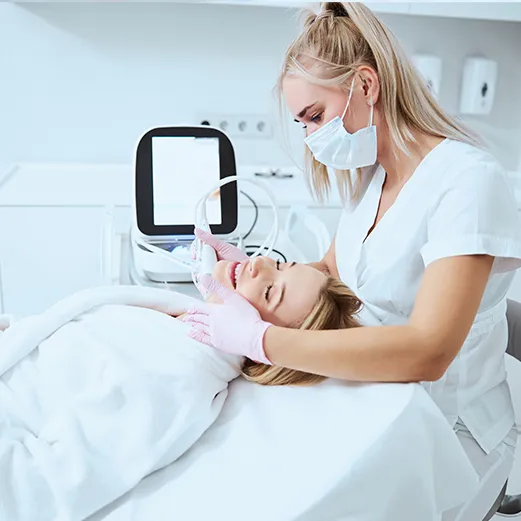
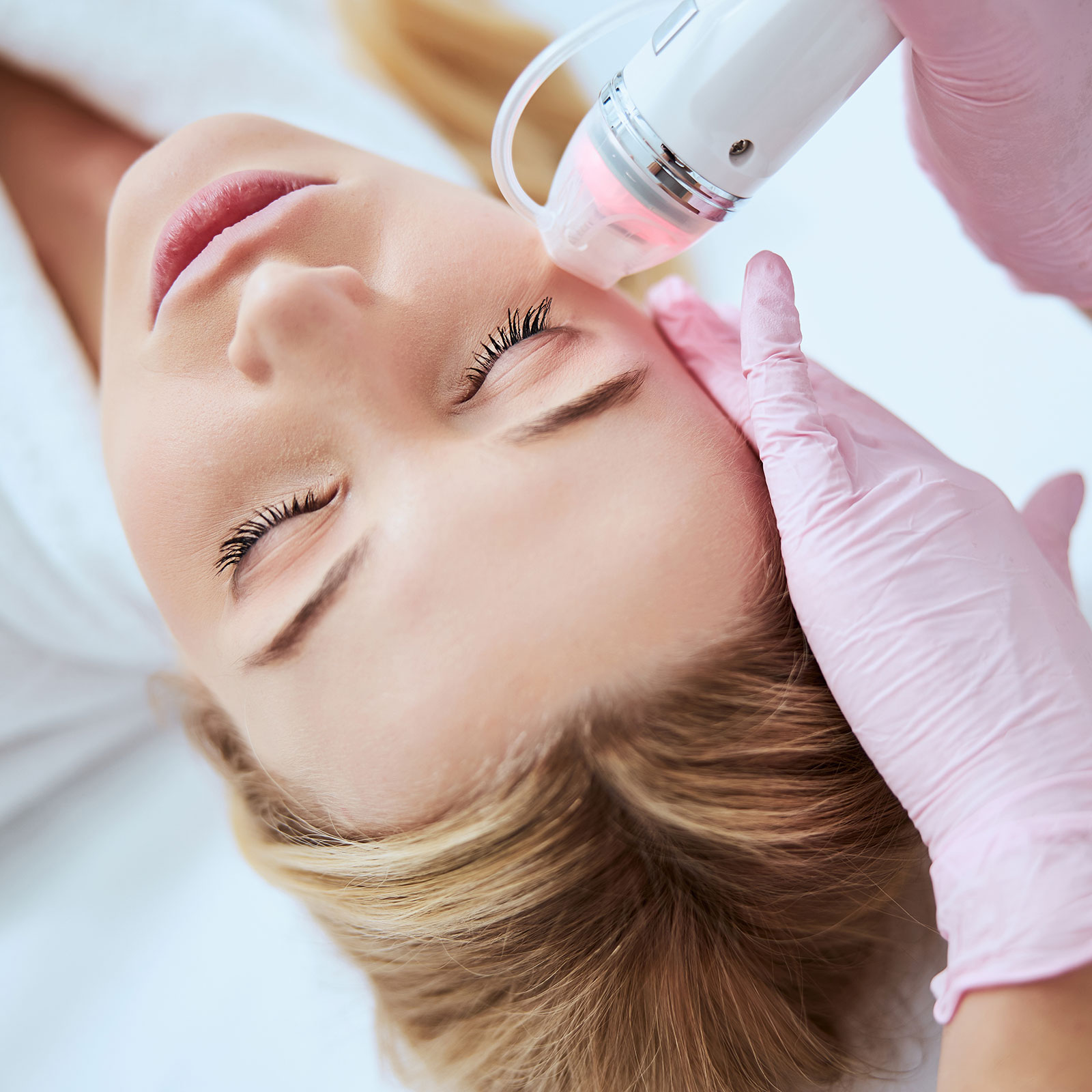
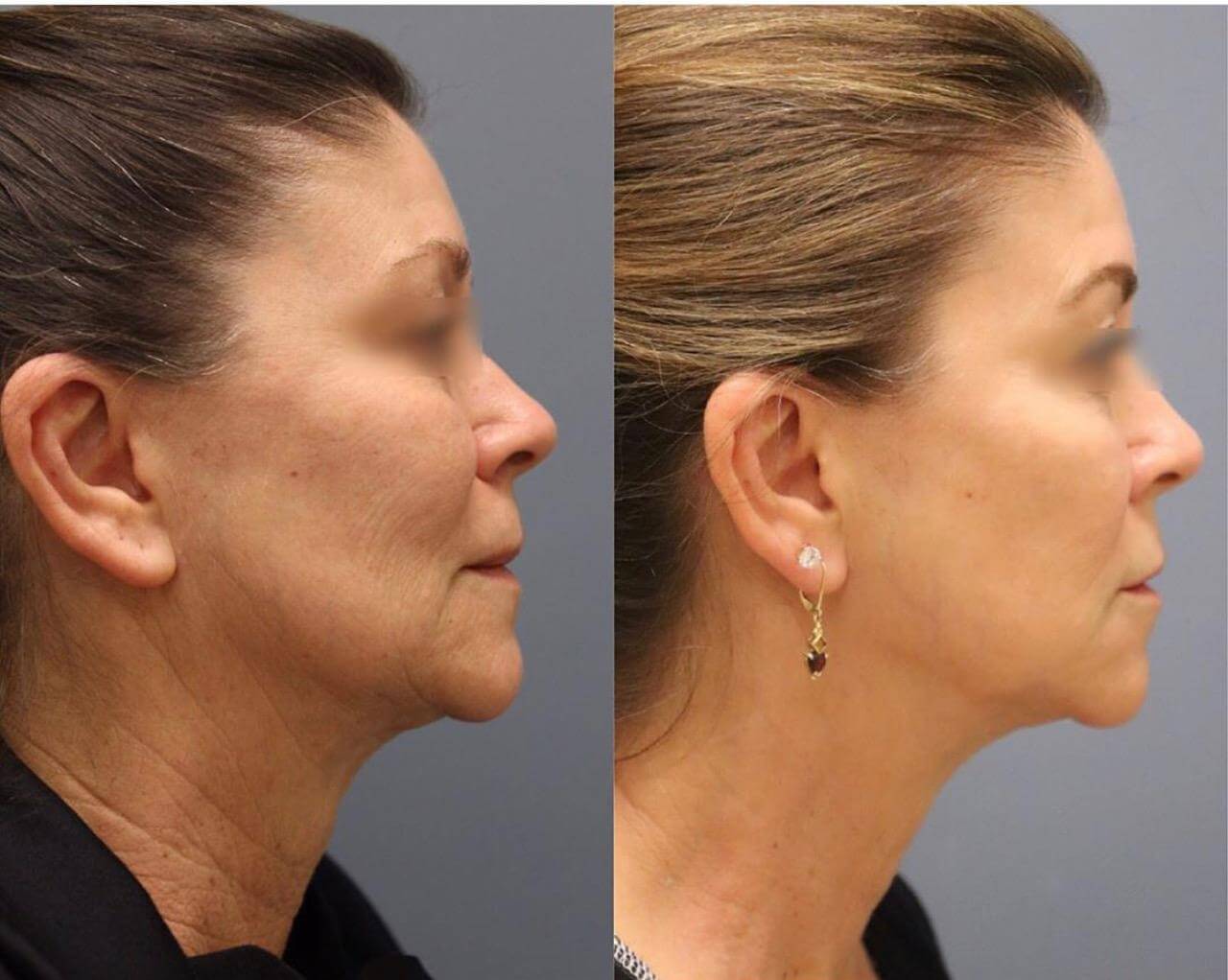
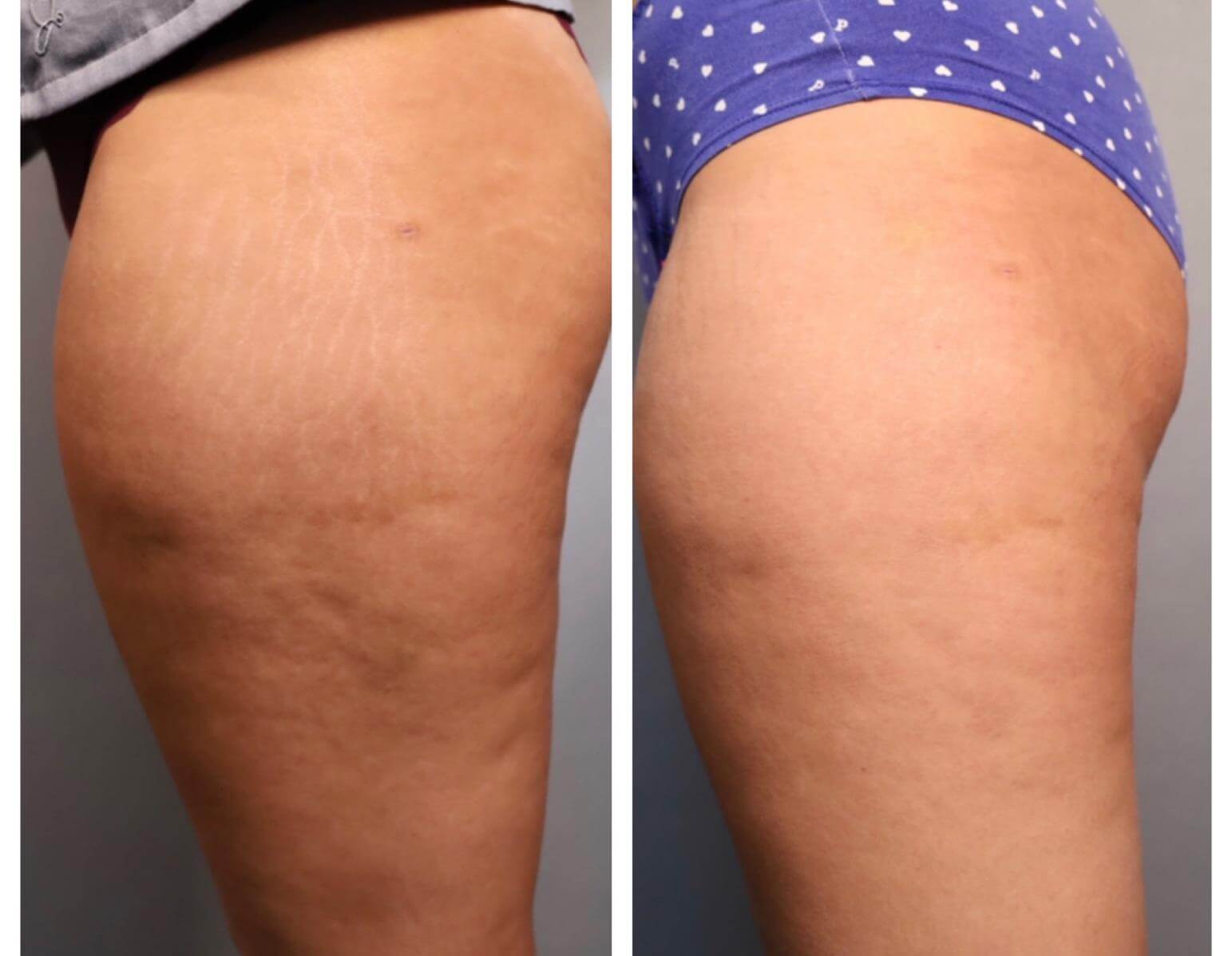
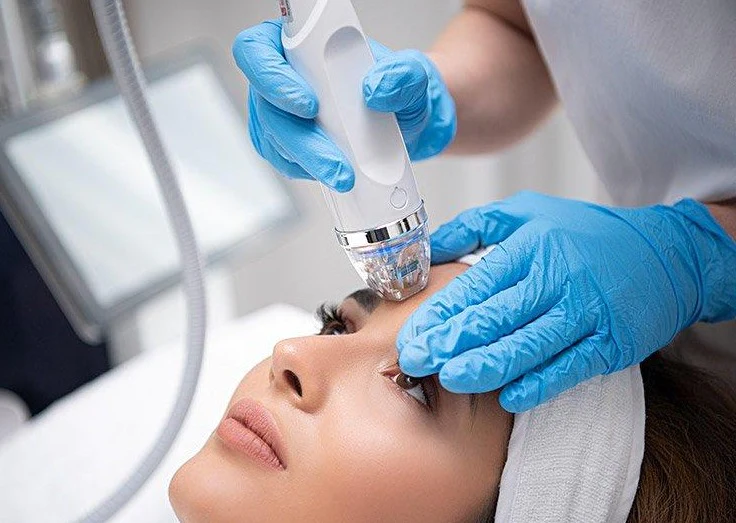
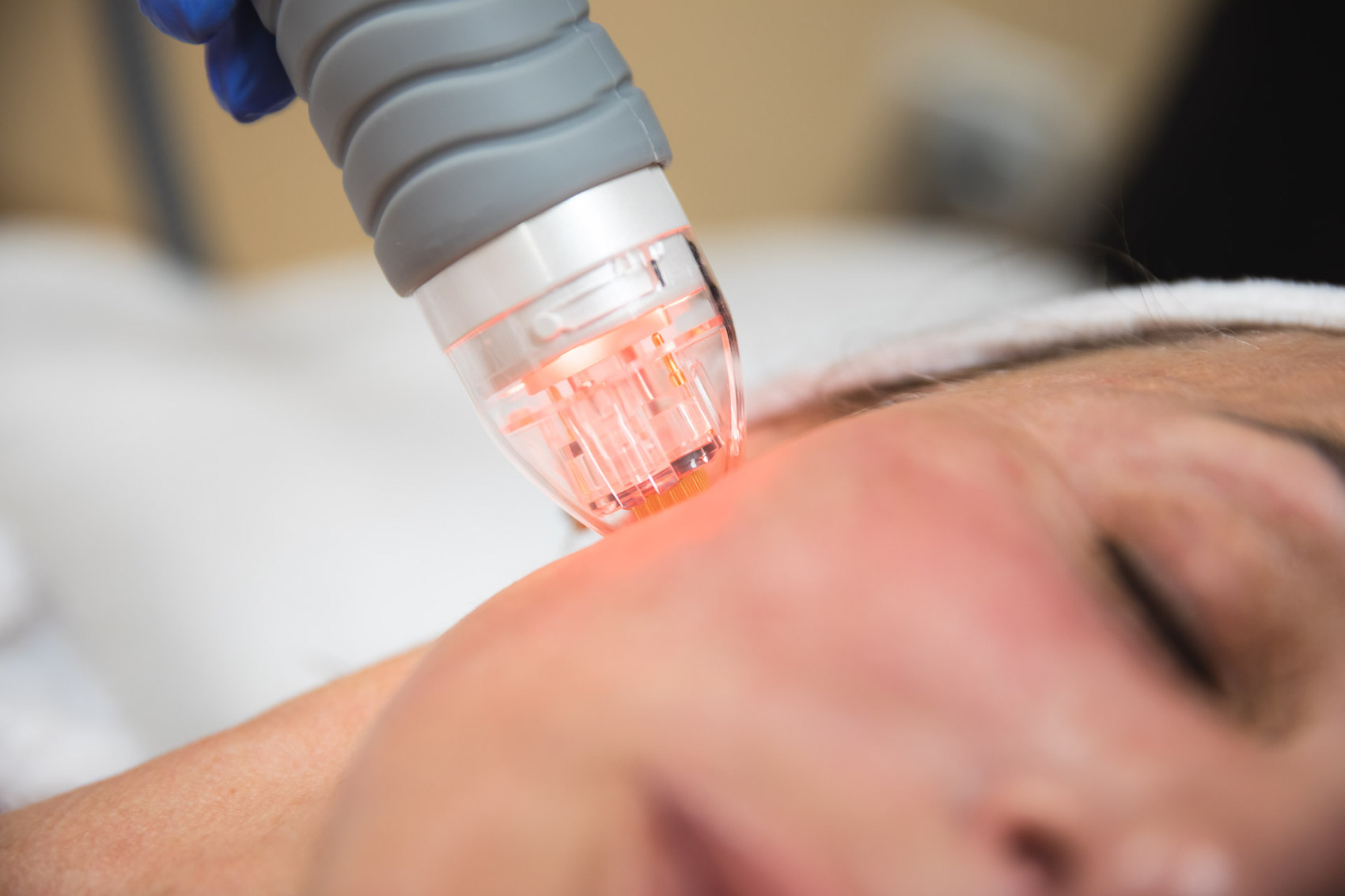

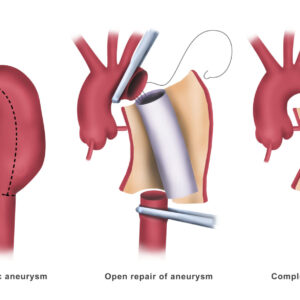
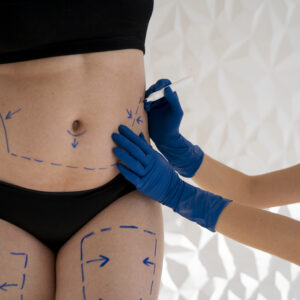
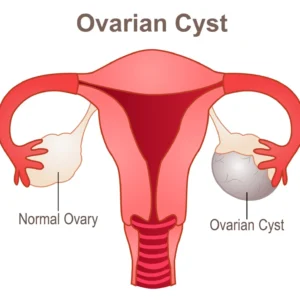
Reviews
There are no reviews yet.